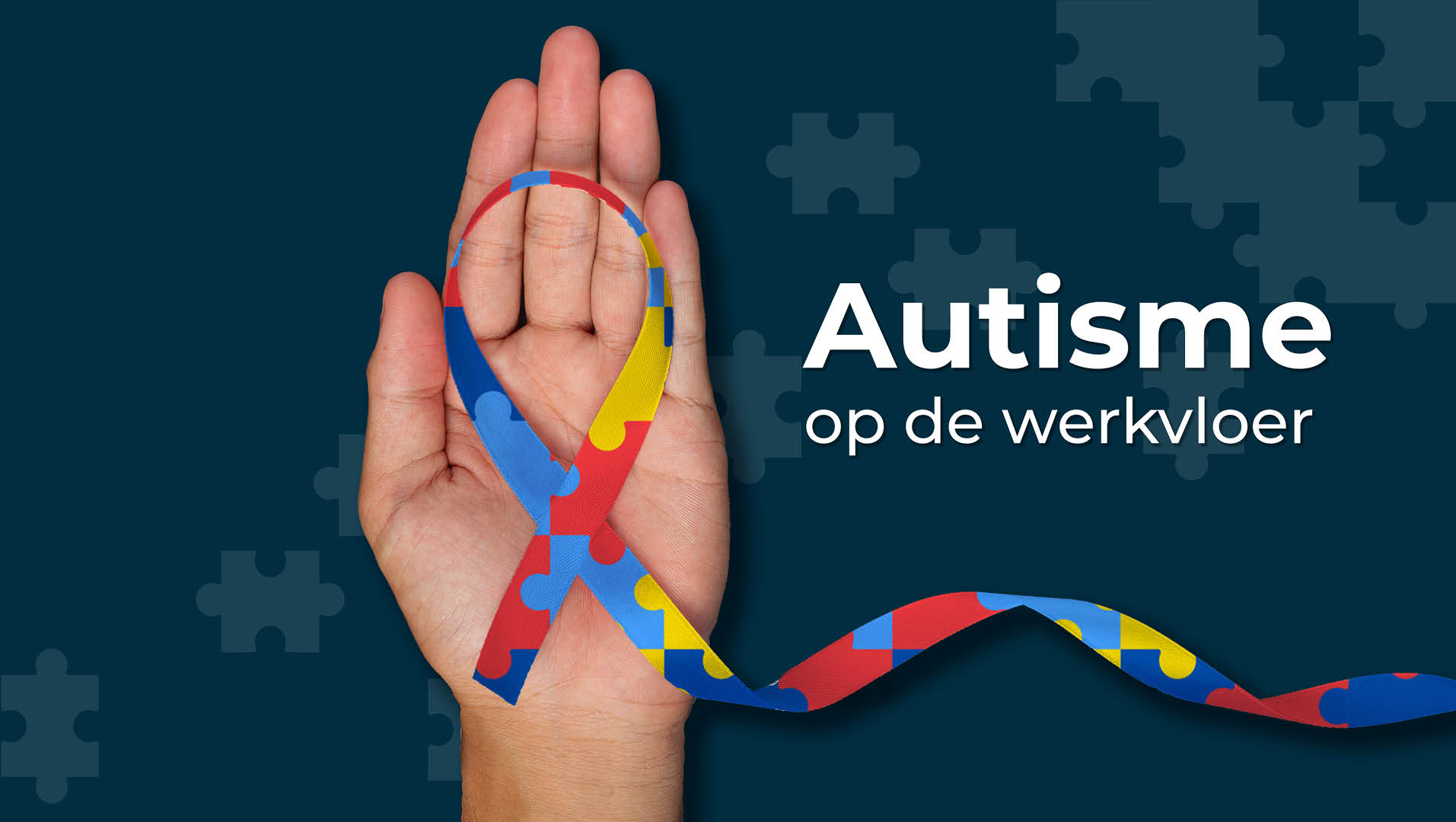Bullying at work: recognize the signs
Around 1.2 million employees experienced bullying, discrimination or (sexual) harassment last year. The perpetrators are almost always co-workers or supervisors. That's about 1 in 6 employee. It is often difficult to distinguish a joke from bullying. Nor is that line always and for everyone in the same place. Inappropriate behavior is sometimes visible, but more often it involves subtle comments or behavior that is hurtful. It is therefore important that supervisors and colleagues recognize bullying so that they can prevent it and intervene if it does occur at work.
What is bullying?
Bullying behavior can be directly directed at the person such as constantly belittling and demeaning comments, constant criticism or threats of violence. It can also take place more behind the back such as excluding someone, gossiping and spreading malicious rumors.
Other examples of bullying include organizational actions such as having to do meaningless tasks or being intentionally misjudged from management, invasion of privacy such as imitating or joking about someone's private life, or aggressive behavior such as yelling and cursing.
What are the implications?
An employee who is bullied may experience a variety of negative emotions such as anger, fear and sadness. In addition, he or she may also develop health issues, worry or poor sleep, for example. In addition, bullying can also have a variety of consequences for the organization such as decreased productivity, increased absenteeism and increased employee attrition.
What can I do? I am being bullied or I see my colleague being bullied ... what now?
1. Draw a line
It is important to set a boundary for yourself of what you think is permissible behavior and what is not. Setting boundaries can be difficult but really try to set your stated limits. The sooner you do this, the more likely the bullying behavior will stop.
2. Discuss the behavior
If the bully violates your boundaries or those of the organization, it is important to discuss this with the bully. Stay calm and talk from the I form: "I find it annoying that...". Tell what behavior you find annoying and what you do not accept. Sometimes the bully does not realize the effect his/her behavior has on you and the situation can be resolved through a good conversation.
3. Talk about it with someone you trust
Did you fail to discuss the bullying behavior with the bully or notice that the conversation had no effect? Then at least talk about it with someone you trust. This can be someone inside or outside the organization. For example, you can talk to your supervisor, the company doctor or the works council, but of course also to the confidential advisor.
Learn more
Would you like more information about workplace bullying? Then contact a PSION staff member at servicedesk@psion.nl or 088-0313800

Come work for paraDIGMA groep and help us make a difference in the field of Sustainable Employability!
RELATED POSTS
The workplace 'needs' to be more inclusive and diverse! And the workplace is happily becoming so. Yet work is not yet self-evident for everyone. An estimated 1.2% of the population has some form of [...]
A healthy Organizational culture contributes immensely to the sustainable employability of employees and the future-proofing of an organization. Diversity and inclusion, in turn, contribute to a healthy Organizational culture, [...]
When it comes to attracting new employees, the term "employer branding" comes up frequently. But did you know that you can go one step further? That's when 'personal branding' comes around [...].




